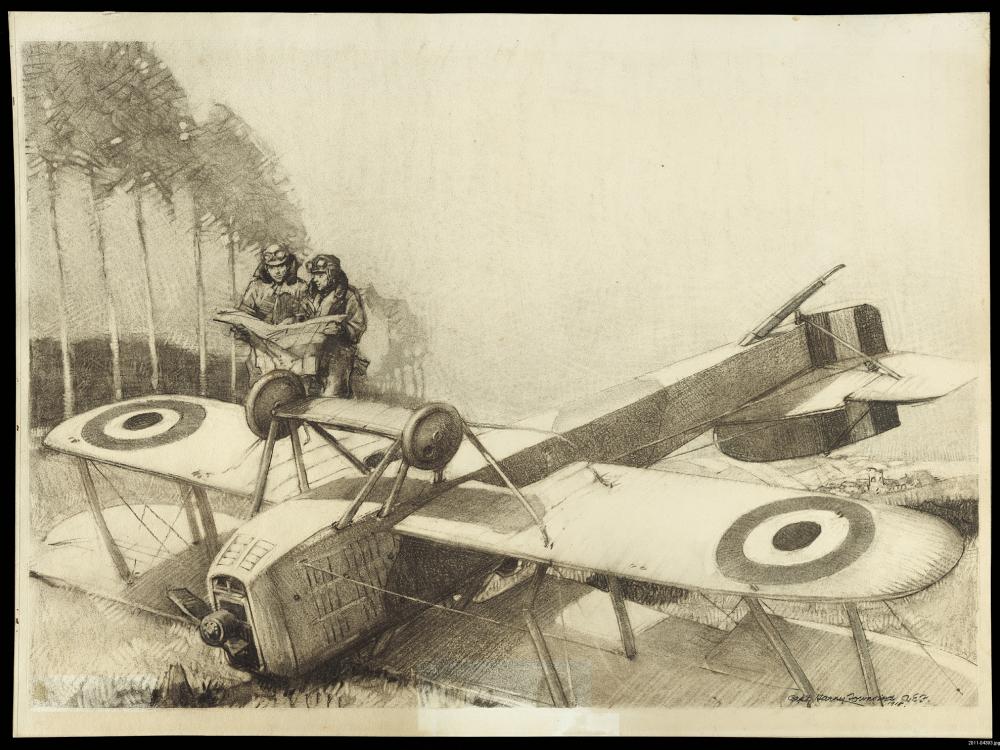World War I was a pivotal moment in history that ushered in new technologies and innovations in warfare. From the introduction of tanks to the use of gas warfare, the Great War forever changed the way battles were fought. Tanks, like the Mark I tanks, broke through enemy lines and provided cover for infantry troops, revolutionizing military tactics. Gas warfare, while terrifying, led to advancements in protective gear and medical treatments. The legacy of these technological advancements can still be seen in modern warfare tactics and equipment. As we honor the soldiers who fought in World War I, we must recognize their bravery and sacrifice in the face of new and deadly weapons.
Technology and Innovation in World War I: From Tanks to Gas Warfare
World War I was a defining moment in history that saw the advent of new technologies and innovations in warfare. From the introduction of tanks to the use of gas warfare, the Great War changed the way wars were fought forever. In this article, we will explore the technological advancements that emerged during World War I and their impact on military strategies.
Tanks
One of the most significant technological advancements of World War I was the introduction of tanks. Tanks were initially developed by the British military in response to the stalemate of trench warfare on the Western Front. The first tanks, known as Mark I tanks, were introduced in 1916 and were used to break through enemy lines and provide cover for infantry troops. Tanks quickly proved to be a formidable weapon on the battlefield, capable of traversing rough terrain and providing protection for soldiers.
The introduction of tanks revolutionized military tactics and strategies, as they allowed for rapid advances and breakthroughs in enemy defenses. Tanks were used in large numbers during major offensives, such as the Battle of Cambrai in 1917, where they played a crucial role in breaking through German defenses. By the end of the war, tanks had become a staple of modern warfare and laid the foundation for future armored warfare tactics.
Gas Warfare
Another significant innovation of World War I was the use of gas warfare. Chemical weapons, such as chlorine and mustard gas, were first used by the Germans in 1915 during the Second Battle of Ypres. Gas warfare was a terrifying new development in warfare, causing widespread casualties and fear among soldiers on the front lines.
The use of gas warfare had a profound impact on military strategies during World War I. Gas attacks forced soldiers to wear gas masks and protective gear, making it difficult to move and fight effectively. Gas attacks also created a sense of terror and uncertainty among troops, as they never knew when or where the next gas attack would occur.
Despite the horror and devastation caused by gas warfare, it also led to advances in protective gear and medical treatment for gas-related injuries. Gas masks became standard issue for soldiers, and medical teams developed new treatments for gas burns and respiratory problems caused by chemical weapons.
Conclusion
Technology and innovation played a crucial role in shaping the course of World War I. From the introduction of tanks to the use of gas warfare, new technologies changed the way wars were fought and influenced military strategies. The legacy of World War I’s technological advancements can still be seen today in modern warfare tactics and equipment.
As we reflect on the impact of technology and innovation in World War I, it is important to remember the sacrifices made by the soldiers who fought and died on the front lines. Their bravery and determination in the face of new and terrifying weapons paved the way for future generations of soldiers and shaped the course of history.
